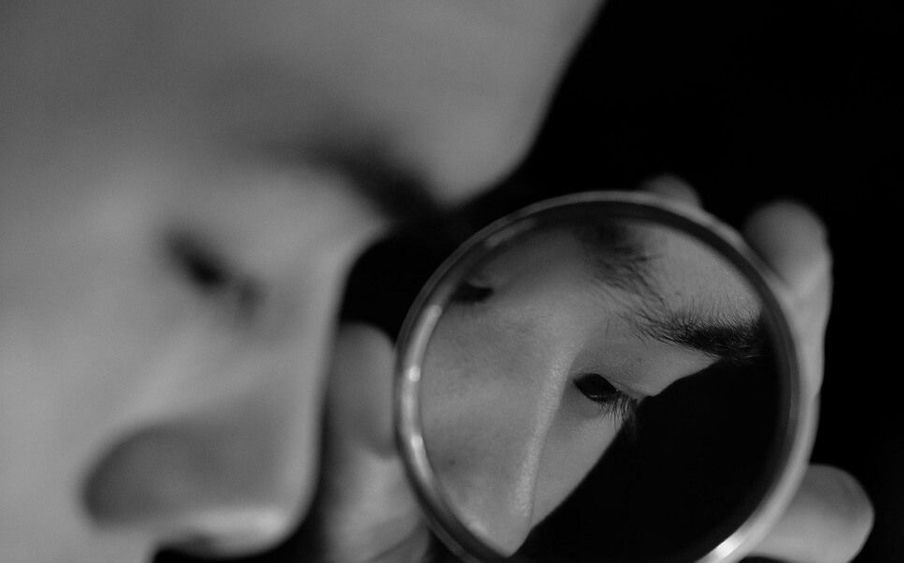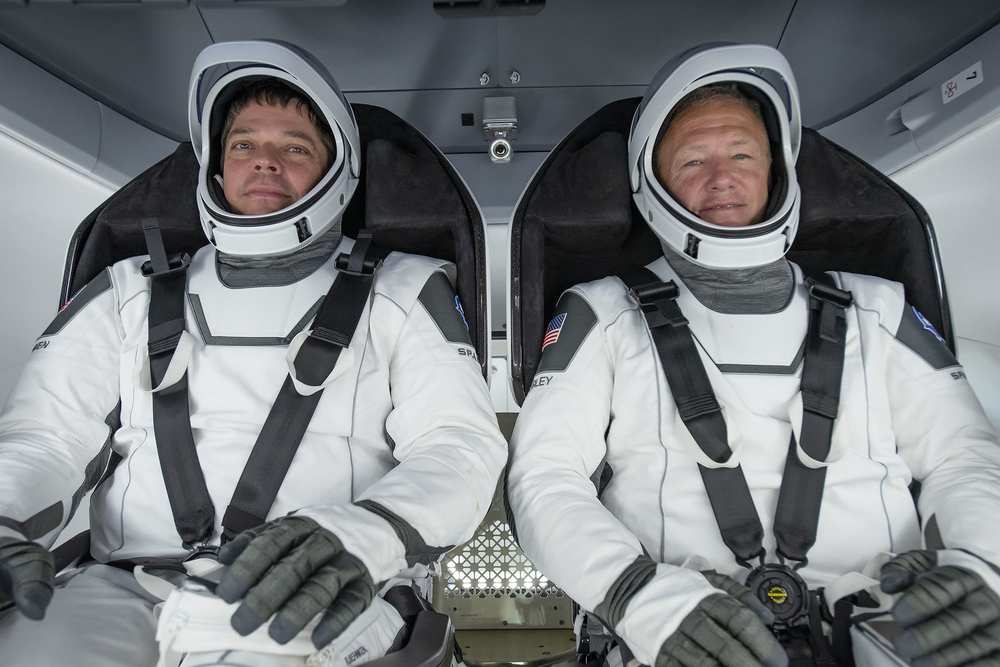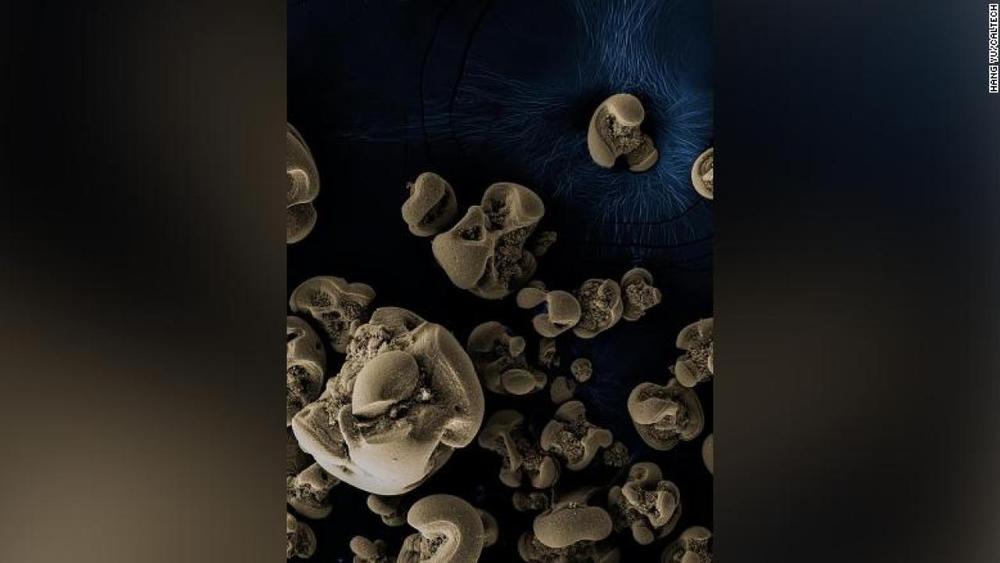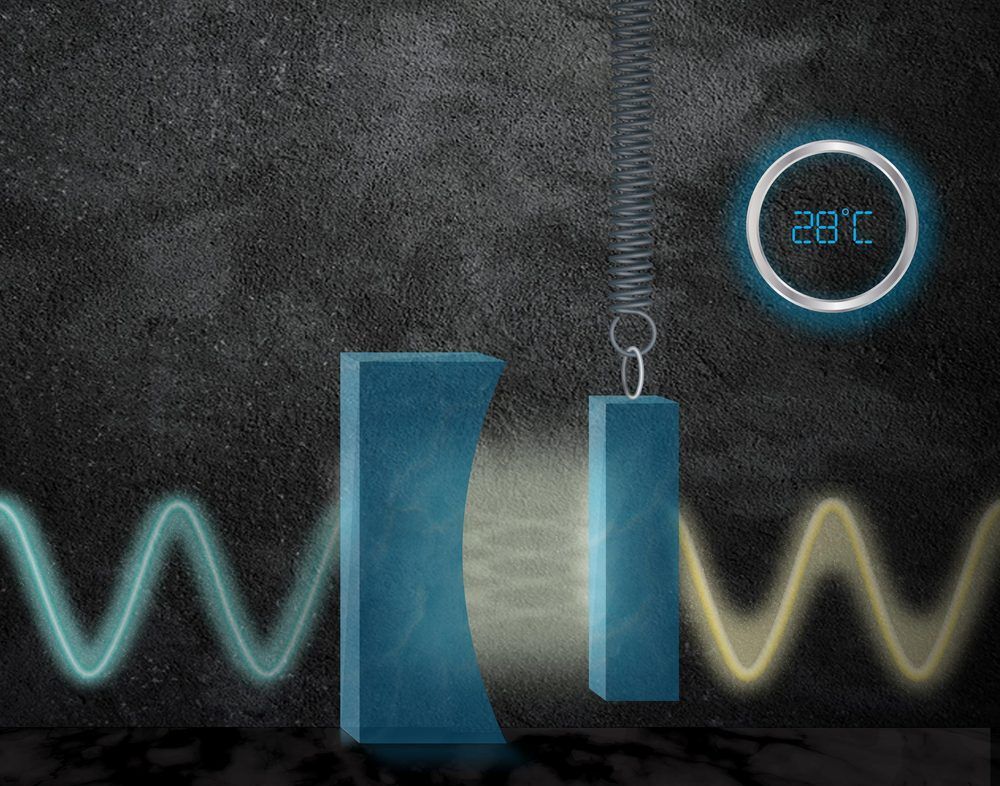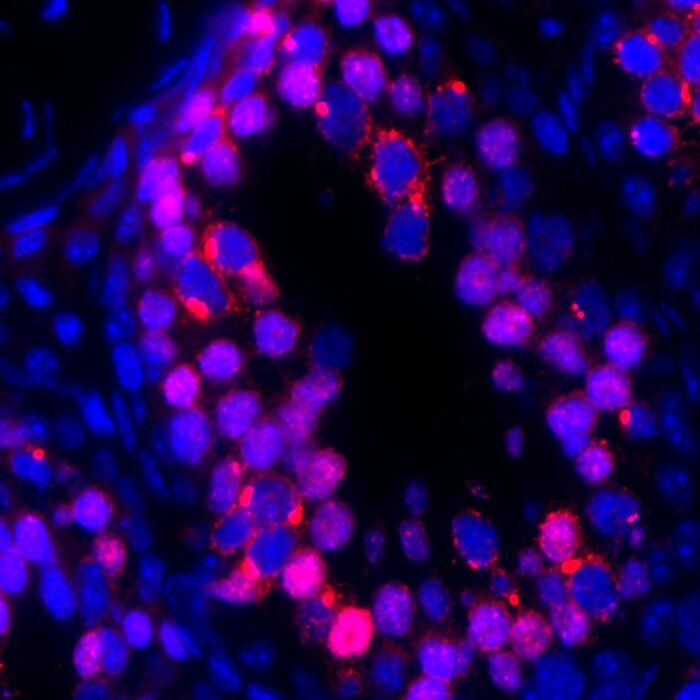We are highly sensitive to people around us. As infants, we observe our parents and teachers, and from them we learn how to walk, talk, read—and use smartphones. There seems to be no limit to the complexity of behavior we can acquire from observational learning.
But social influence goes deeper than that. We don’t just copy the behavior of people around us. We also copy their minds. As we grow older, we learn what other people think, feel, and want—and adapt to it. Our brains are really good at this—we copy computations inside the brains of others. But how does the brain distinguish between thoughts about your own mind and thoughts about the minds of others? Our new study, published in Nature Communications, brings us closer to an answer.
Our ability to copy the minds of others is hugely important. When this process goes wrong, it can contribute to various mental health problems. You might become unable to empathize with someone, or, at the other extreme, you might be so susceptible to other people’s thoughts that your own sense of “self” is volatile and fragile.
